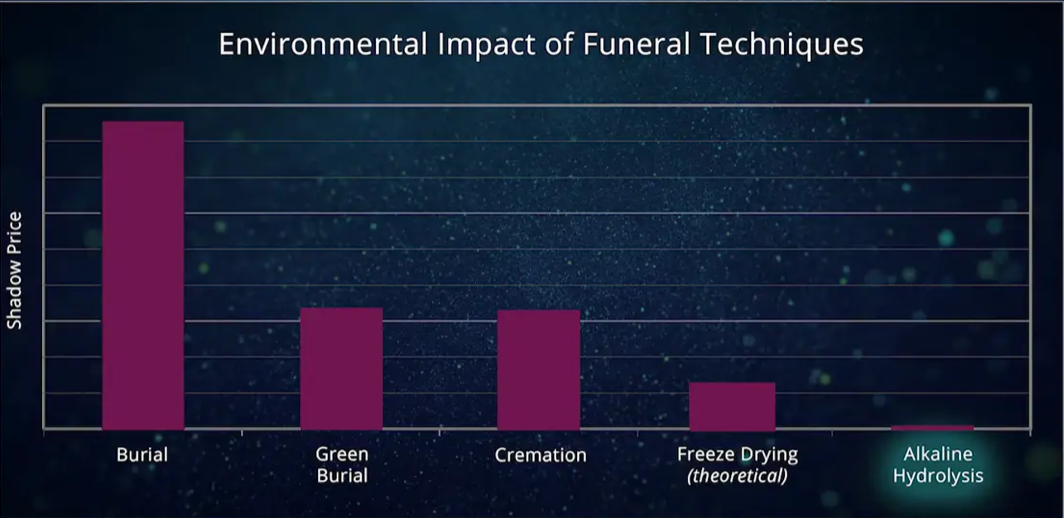|
Getting your Trinity Audio player ready...
|

Nobel Peace Prize winner and human rights activist Desmond Tutu died December 26 at age 90, but he took his environmental concerns to the grave. Literally.
Hopefully you are not eating anything right now.
Instead of cremation, Tutu requested aquamation, an alternative that is much less harmful to the earth. The ‘green burial’ option takes three to four hours and uses a water/alkali solution heated at 300 degrees Fahrenheit to disintegrate tissues. (Cremation takes about two hours at 14,000 to 18,000 degrees.) The resulting human juice can go through the sewer system and leftover bones are crushed and sent back to the family.
Aquamation isn’t the only way to do a green burial. The Green Burial Council defines green burial as “a way of caring for the dead with minimal environmental impact that aids in the conservation of natural resources, reduction of carbon emissions, protection of worker health, and the restoration and/or preservation of habitat.” It is becoming an increasingly popular way to leave this earth.
Every year, millions of people are buried, and they take a lot with them. Caskets are full of metal, vaults that separate caskets from the earth are concrete, and embalming fluid is made up of chemicals. That adds up to an estimated two tons of extra stuff per body. To reduce the impact on the earth, the Green Burial Council recommends going simple (and cheaper) by skipping embalming, using shrouds for burial, and nixing the vaults.
We’re not around to enjoy cushy coffins after we die, and embalming is really for open caskets, which no one likes. Seems like, once again, Desmond Tutu had the right idea. Rest in peace.





